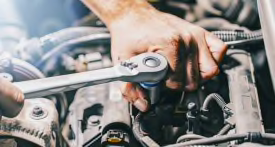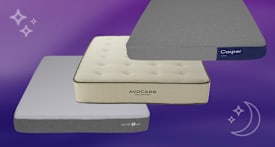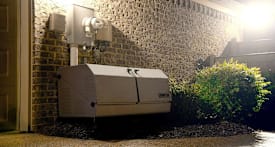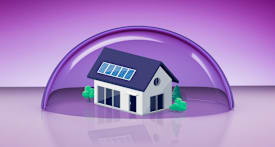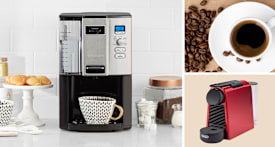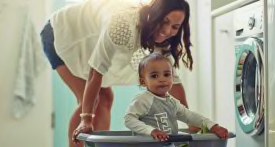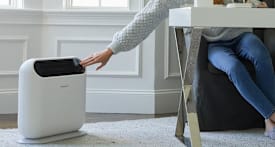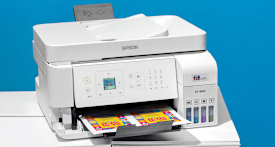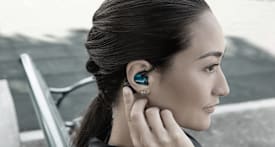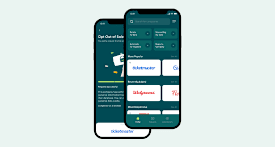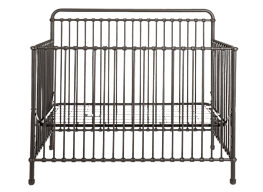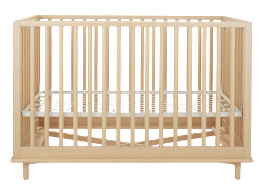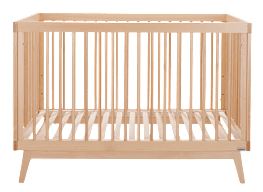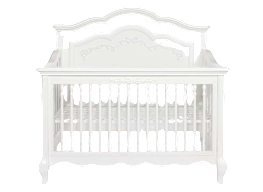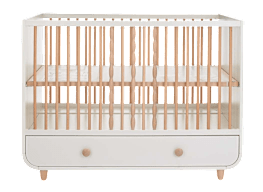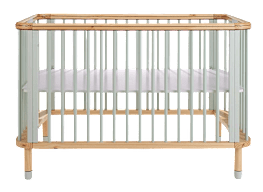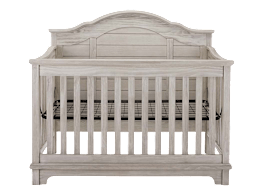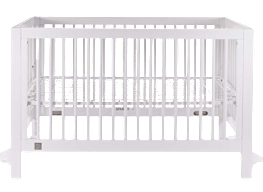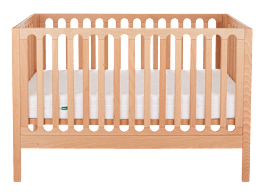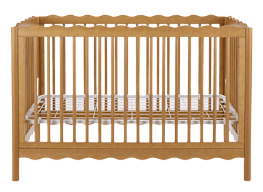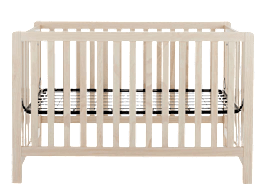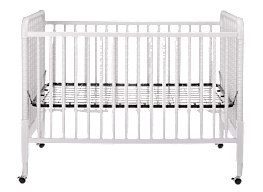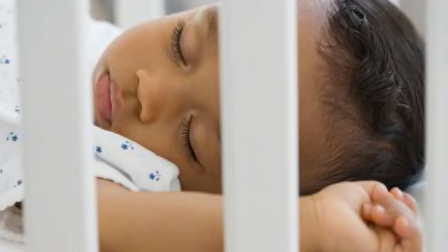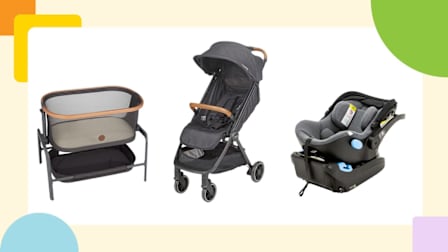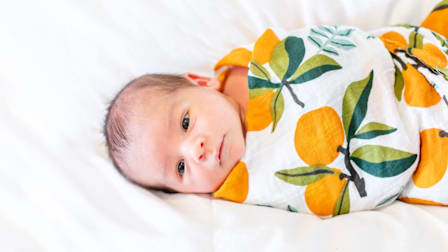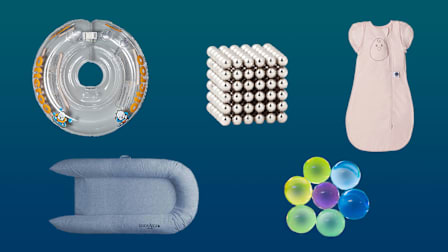Best Convertible Cribs, Lab-Tested and Reviewed
Your baby won't be a baby forever—and a convertible crib can grow with them through the toddler years and beyond
When you shop through retailer links on our site, we may earn affiliate commissions. 100% of the fees we collect are used to support our nonprofit mission. Learn more.
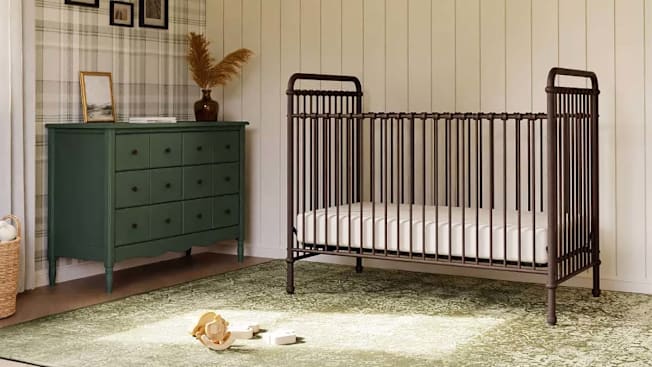
If you’re stocking your nursery on a budget, finding furniture and gear that can do double or triple duty is a challenge you’re already well acquainted with. A convertible crib can grow with your baby from infancy into childhood and even into adolescence, which not only makes it the nursery equivalent of a quadruple word score in Scrabble but can also make it a better value in the long run.
Our Favorite Convertible Cribs
What Is a Convertible Crib?
True to their names, convertible cribs convert from standard crib size into toddler beds, daybeds, and sometimes mini cribs, full beds, or even bassinets. They can be useful because they can help keep your baby in the best-fitting crib without needing to buy new furniture for each age and stage.
To convert a crib from one size to another, you typically need to add additional components—a toddler rail, a larger mattress support, or other pieces—that must be bought separately. Many toddler bed conversion kits are simply a low rail that replaces one side of the crib, but not all convertible cribs include a toddler rail out of the box. Even factoring in additional conversion kits, however, convertible cribs are often more cost-conscious than buying another bed for every stage. That might be why most of the cribs in CR’s ratings are now convertible cribs; they’re very popular.
Our top-rated crib, the Pottery Barn Kids Emerson Convertible Crib, converts to a toddler bed, but the conversion kit (a toddler guard rail) is sold separately. Another crib we tested, the Babyletto Lolly 3-in-1, includes a conversion kit for a toddler bed, and converts to a daybed with no additional parts required.
Types of Convertible Cribs
How long do you hope to rely on your convertible crib? This will help guide your choice among the handful of convertible crib types that are available.
A crib that converts from mini or bassinet size up to a full-sized bed will give your family more years of use than one that transitions from a standard crib to a toddler bed. (Of course, you’ll need a new mattress if you’re converting to a twin or full bed.) The different types of convertible cribs—2-in-1, 3-in-1, 4-in-1, all the way up to the 8-in-1—aren’t standardized. One company’s 2-in-1 may convert from a mini to a standard crib, while another may size up from a standard crib to a full bed.
For that reason, it’s more helpful to define the various types of beds that convertible cribs may transition into.
Bassinet: These are small beds for the youngest babies, from newborns to about 4 months old. They’re small enough to fit in a parent’s bedroom, often directly next to the parent’s bed itself. Bassinets are not standard-sized or even shaped, but they usually range from 30 to 33 inches long by 15 to 18 inches wide. Convertible cribs with a bassinet size are uncommon, and none of the cribs we tested have this option.
Mini crib: These compact cribs are usually about two-thirds the size of a regular crib, measuring around 24 inches wide by 38 inches long. But because there are no federal regulations that standardize the size, some mini cribs may come in different dimensions.
It’s easy to find sheets for mini cribs, but be sure to double-check the dimensions before purchasing. It’s important for sheets to fit snugly around a crib mattress because loose sheets are a suffocation risk. For the best fit, CR recommends buying mini crib sheets directly from the crib manufacturer.
Full-sized crib: All full-sized cribs must have internal dimensions of 28 inches wide by 52⅜ inches long, plus or minus ⅝ inch, as regulated by the Consumer Product Safety Commission.
Toddler bed: Toddler beds use crib mattresses, but unlike a crib, the child should be able to access and leave the crib on their own. The bed may have a rail that extends all the way around the mattress while leaving a gap so the toddler can scramble in and out, or they may have one side without a rail, similar to a regular bed. Many of the cribs we tested feature toddler bed conversion options, including the Pottery Barn Emerson, Pottery Barn Kendall, Namesake Abigail, and the West Elm Mid-Century 4-in-1.
Daybed: These typically have rails on three sides and leave the fourth, long side open, similar to a sofa. Some convertible cribs convert to twin-sized daybeds, while others convert to daybeds that use the crib mattress.
Full-sized bed: Yes, like for grown-ups! Cribs that convert to full-sized beds can take kids from infancy to adolescence (or longer). Full-sized beds measure 54x75 inches.
Pros and Cons of Convertible Cribs
The advantage of a convertible crib is simple: Your baby can most likely use it longer than a standard crib that doesn’t convert.
The disadvantages are more subtle. While some, like the Babyletto, include conversion kits in the initial purchase, others (such as the Emerson and Kendall cribs at Pottery Barn) require conversion kits to be purchased separately. If you wait to purchase a conversion kit until you need it, you face the possibility that the company has discontinued the model or the kit is out of stock. Buy a crib that includes the conversion kit—or purchase the conversion kit at the same time—and you have another thing to store.
Most cribs these days are convertible, and every convertible crib we tested converts to at least a toddler bed or daybed. If storage is a problem, and you don’t want to buy additional components down the road, find a convertible crib that converts to a daybed by removing a side or rail without adding additional pieces. The Emery 4-in-1 converts to a daybed without needing additional pieces, as do the Kalani 4-in-1, Stokke Sleepi, Kalon Caravan, DaVinci Union, and Ikea Sundvik.
How Long Can You Use a Convertible Crib?
The American Academy of Pediatrics recommends sharing a room with your newborn for at least the first 6 months to reduce the risk of sudden infant death syndrome (SIDS). For that reason, many families put their newborns to sleep in a bassinet or mini crib that fits more easily into their bedroom instead of a full-sized crib. Babies should be moved out of a bassinet and into a crib by the time they’ve reached the product’s weight or height limit, or when they start showing signs of rolling, sometime between 3 and 7 months. Some babies outgrow the bassinet before they roll (my baby did!), so check your bassinet manual for size specifications.
For some babies, a mini crib is the next move after a bassinet. Babies should generally be moved out of mini cribs by 2 years old, but this varies by baby. I moved my baby out of his “midi” crib (which has slightly different dimensions from a mini crib, at 37.5 inches long by 29.75 inches wide) when he was 10 months old because of how much he’d move around in his sleep, often into the side of his crib.
Once your baby transitions from a bassinet or mini crib to a full-sized crib, they can sleep there until they’re 35 inches tall, they show signs of being able to climb out of the crib, or they’re about 2 years old, whichever comes first.
When to Transition to a Toddler Bed
Transitioning your little one from a crib to a toddler bed can be a big change for everyone involved. Choosing the right moment can help ease this rite of passage—for your child and yourself. Toddlers typically transition out of a full-sized crib to a bed between 18 months and 3 years, according to Cleveland Clinic. Signs that yours is ready for the next step are when they’re climbing out even with the mattress at its lowest setting, they’re taller than 35 inches, or the crib rail reaches the middle of their chest.
You might want to move your toddler up to a twin or full-sized bed once they’re too big for the toddler bed. Many toddler beds have 50-pound weight limits, so if your child is getting close to that, you’ll want to switch. They might also be banging into the sides of the toddler bed at night, indicating that they’re getting too long to be comfortable. Or maybe they’re emotionally ready for a bigger bed and tell you they want a “big kid” bed. That can signal that it’s time for a new sleep situation.
How CR Tests Baby Gear
At CR, we hold baby gear to the highest standards—because nothing matters more than your child’s safety. Our testing is rigorous, independent, and free from outside influence. We buy everything we test, and we don’t accept advertising. Our nonprofit mission is to champion fairness, safety, and transparency, and to help every family make confident, informed decisions about the products they use. Support our efforts by becoming a member or donating to our mission today.


